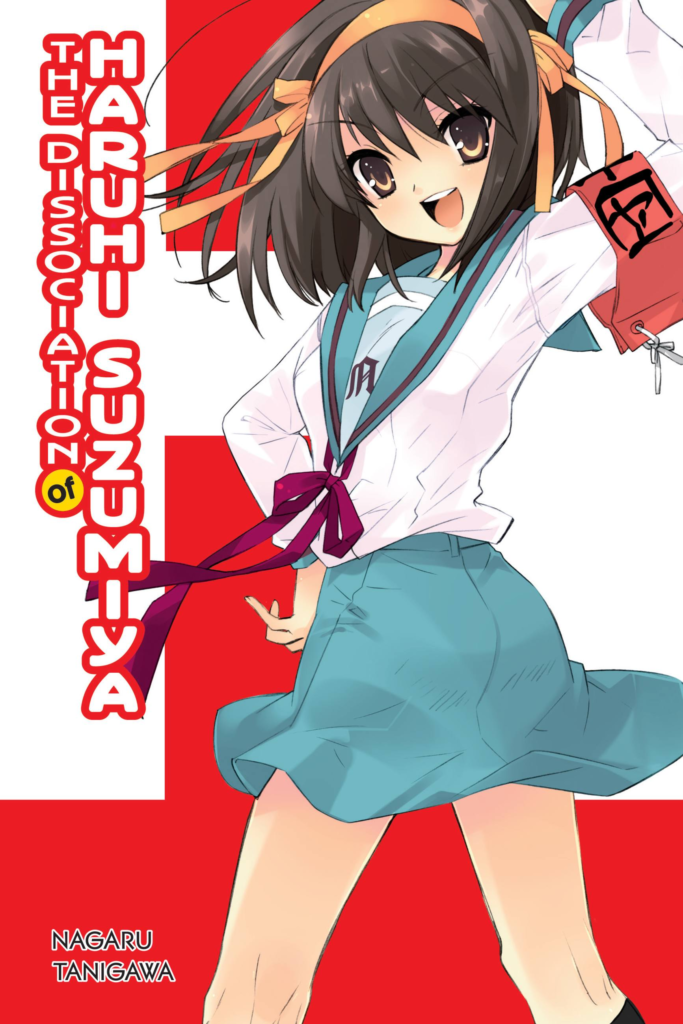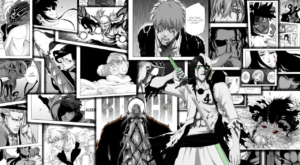What is a Light Novel?
What is a Light Novel? ALight novels have gained popularity, especially among fans of Japanese culture, anime, and manga. But what exactly are they, and how do they differ from other books? This guide will explain what light novels are, their features, why people enjoy them, and how they connect with manga and anime.
Understanding Light Novels
Definition and Origin
The term “light novel” refers to a type of Japanese book aimed mainly at young adults, though it can attract a wider audience. Typically, these novels are 200 to 300 pages long and feature illustrations, often akin to manga. The name “light novel” is derived from two main factors:
- Ease of Reading: Light novels often use simplified Japanese characters (Kanji, Katakana, and Hiragana), making them more accessible than traditional novels, which may use complex language.
- Concise Storytelling: These novels are structured for quick reading, often in multiple volumes that tell a longer story over time.
Format and Features
Light novels are distinct from regular novels in several ways:
Most light novels include manga-style illustrations, featuring colored inserts and black-and-white images. These visuals enhance the reading experience and showcase key scenes or character designs.
- Volume Structure: Many light novels come in series, released in multiple volumes. This format offers shorter stories linked to a larger plot, similar to manga publishing.
Variety of Genres: Light novels often feature fantasy or science fiction, though they also include romance, horror, and slice-of-life. This variety appeals to a broad audience.
The Appeal of Light Novels
Accessibility
One of the primary reasons readers gravitate towards light novels is their accessibility. With fewer pages than traditional novels, they present less of a time commitment while still offering rich narratives. This makes them particularly appealing to those who might find lengthy books intimidating.
Connection to Manga and Anime
Light novels frequently inspire popular anime and manga. For example, Sword Art Online, Overlord, and The Melancholy of Haruhi Suzumiya started as light novels and were then adapted into other media. This connection boosts their appeal, as fans of anime or manga often seek out the light novels to explore the story or character development further.



Unique Tropes and Themes
Light novels often appeal to younger audiences with specific themes and tropes. A popular trend is the Isekai genre, where characters enter alternate worlds, often with fantasy elements. For example, titles like Re:Zero and So I’m a Spider, So What? showcase this trend, featuring imaginative plots that captivate readers.


Differences from Other Literary Forms
Light Novels vs. Young Adult (YA) Novels
Light novels and YA literature target similar audiences but differ in style and structure. YA novels focus on character growth and emotional journeys over longer stories, while light novels have quick plots and include illustrations, appealing to fans of visual media.
Light Novels vs. Manga
Light novels and manga, both from Japan, offer different experiences:
- Narrative Style: Light novels use prose, while manga tells stories through art.
- Reading Format: Light novels are read front to back, like Western books, whereas manga is read right to left in its original form.
Conclusion
Light novels blend literature and art, attracting many readers. Their brief stories, vivid illustrations, and ties to popular anime make them appealing to both experienced readers and newcomers. Haven’t tried a light novel yet? Consider it, an entire new world awaits you!
FAQ: Light Novels
1. What is the difference between a light novel and a book?
A light novel is a style of Japanese literature often aimed at young adults, typically shorter than traditional novels with around 200-300 pages. Light novels also include manga-style illustrations and are known for concise storytelling, while regular books may lack illustrations and have more complex language.
2. What qualifies as a light novel?
A light novel is characterized by its simplified language, engaging illustrations, and focus on shorter, serialized stories. They often appeal to readers looking for fast-paced narratives, usually in the genres of fantasy, romance, or science fiction.
3. Do light novels have pictures?
Yes, light novels feature manga-style illustrations, usually as colored inserts and black-and-white drawings, that showcase important scenes or character designs to enhance the reader’s experience.
4. What is the difference between a light novel and a web novel?
A web novel is typically published online in an unpolished format, often serialized by chapter. Light novels, on the other hand, are professionally edited and published in book form, frequently adapting popular web novels for print with refined language and added illustrations.
5. Which is better, a novel or a light novel?
Both have unique qualities. Traditional novels offer complex narratives and detailed prose, while light novels provide shorter, accessible stories with visual appeal. The choice depends on personal reading preferences.
6. What is the point of light novels?
Light novels blend text and illustrations for quick, enjoyable reading experiences. They often inspire manga and anime adaptations, serving as a gateway for fans to explore stories and worlds beyond visual media.
7. Are light novels for adults?
Yes, while light novels mainly target young adults, many series cover mature themes and appeal to an older audience. Some genres, such as fantasy and horror, also contain darker themes suited for adult readers.
8. How many pages is a light novel?
A typical light novel has between 200 to 300 pages, making it shorter and quicker to read compared to traditional novels.
9. What is a dark novel?
Dark novels focus on grim or mature themes, exploring psychological depth, moral ambiguity, or horror elements. This genre contrasts with light novels, which often maintain a lighter tone despite covering various themes.




